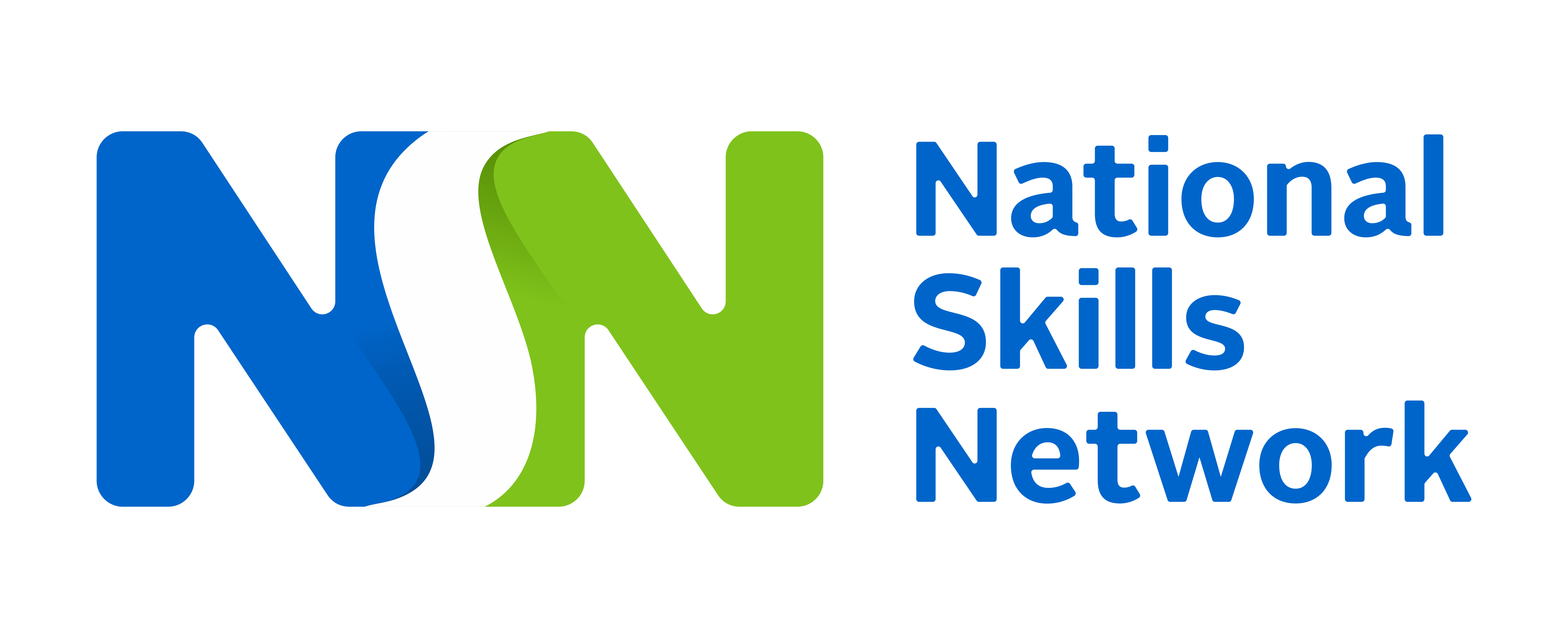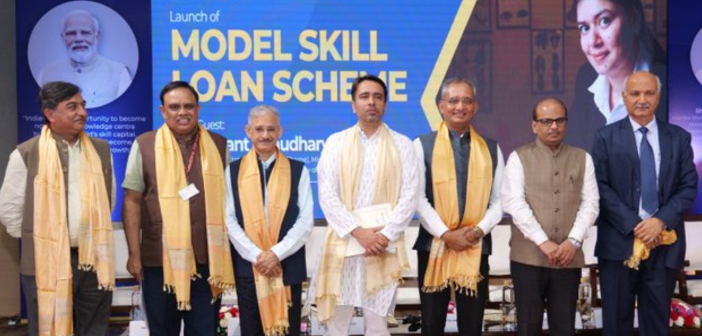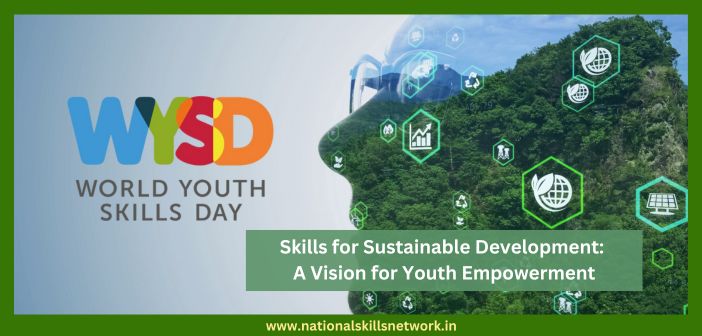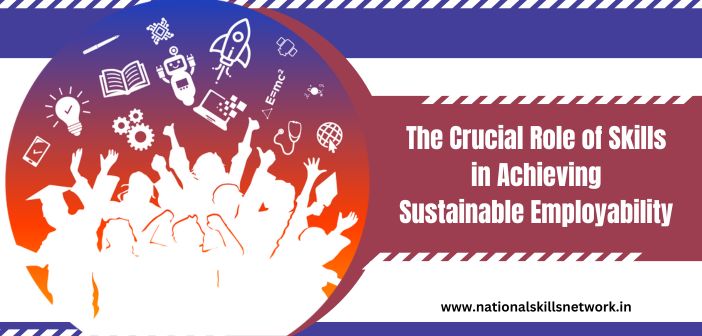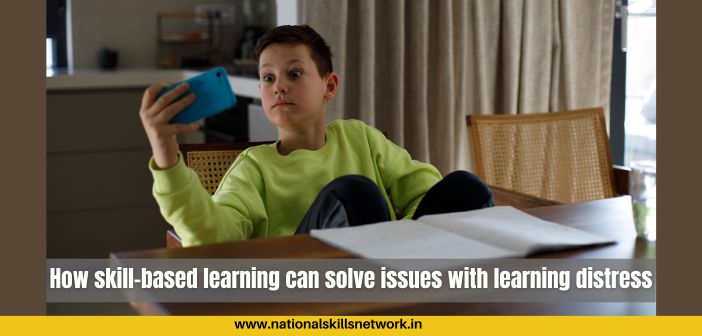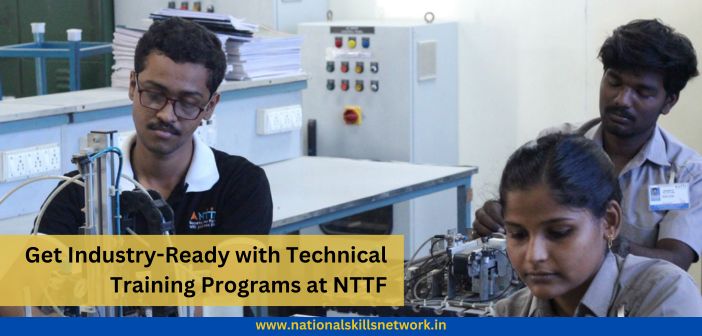
“With the adoption of blended learning, it was not just re-orientation but a lot of learning and unlearning of old and new techniques.” says, Mr. Ameya Vanjari, Head – Operations, Technology, and Partnerships, Tata STRIVE.
Due to the sudden outbreak of the pandemic, the skill development and education sector was forced to adopt a blended learning model to continue the learning process. It was not just students who had to acquire new skills but also the trainers.
Learn about Tata STRIVE courses and its initiatives in skill development – https://nationalskillsnetwork.in/tata-strive/
We conversed with Mr. Ameya Vanjari, Head – Operations, Technology, and Partnerships, Tata STRIVE to know how the blended learning model has helped Tata STRIVE in continuing skill development of both urban and rural India. We also discussed the challenges faced by trainers and students in adapting to a new form of learning.
These are few excerpts from our conversation; you can watch the full video interview on our YouTube channel for which the link is given below.
Q: In the backdrop of the pandemic, how did the trainers shift to the blending learning model? Was there any re-orientation?
A: It’s not just reorientation but there’s been a lot of learning and unlearning of new and old techniques. We invested in developing certain skills among the trainers. The resilience and agility of trainers to learn are also very important.
We developed a programme called ‘Become a Digital superSTAR Trainer’. It is available on eSkillIndia portal for free. It’s a simple programme that helps facilitators and trainers to be more effective in a remote learning setup.
In this programme, trainers get to learn from the basics. Like, how to use technology effectively, having ground rules for both trainers and students, and moving on to the methodology of training. This involves how to break down the learning objectives of the training into synchronous and asynchronous activities. This was followed by STRIVE Evolve, which is a gamified engagement for learners across Tata STRIVE.
Trainers and facilitators have started taking the blended learning process innovatively. Some students faced challenges as they could not understand the videos in English. So, we introduced the model of a study-buddy through which the students who understand English were asked to sit with a batch of non-English speaking students for 30 minutes every day to make them understand, study, watch videos in two to three hours sessions.
We have another programme for trainers called Expand your Horizon, through which trainers have the opportunity to complement their existing skillset with additional skills.
To summarize, investing in the capabilities of trainers has been an important initiative all through the year for Tata STRIVE.
Q: How was the shift from classroom training to online mode of training, can you share an example?
A: In a classroom setting, there are different activities that trainers take up to help learners communicate better and fearlessly. For example, in a home setting, students are asked to go and find an object in 30 seconds. Then they are asked to speak about it in about two minutes. This is an example so mention it
After few learners speak about it, the trainer tries to bring uncertainty in the activity. Learners are asked to speak about someone else’s object. While carrying out these activities, trainers teach them important aspects like ambiguity, uncertainty, responsiveness, and many more.
In a remote-learning setup, we have to redesign and rethink all the activities of a classroom setting.
Let me share some of the innovative ways our students used to practice while being at home:
Some of the students in our BPO (Business Process Outsourcing) batches connected the phone to an old keyboard and continued their typing practice.
Our F&B (Food and Beverage) batch students created cutlery using cardboard and practiced how to do a fine dining setting.
Q: Were there any skills that were consciously taught to students to adapt to the challenges of a blended format of learning?
A: Yes, certain students adapt quickly, and some take more time. In the courses related to the service industry, most students were digital-savvy and comfortable with English and that became less of a challenge.
Whereas, some of the students who aspire to join technical courses come with a mindset that if a course is to be done on a phone or a computer then they would not be able to become a technician. We had to work on the mindsets of certain students to help them through the blended-learning model. There were few dropouts but, those stuck through the course are reaping the benefits now.
We also had to set ground rules for students like turning on the camera, keeping the mic on mute, ensuring the right location, and asking students from rural areas with frequent power cuts to keep their mobiles charged or having a spare mobile ready.
Q: How do you address the challenges of a seamless transition to a blended learning model by investing in technology, device availability, among others?
A: We must rethink and redesign the learner experience for the blended-learning model. We need to re-think the blended model by bringing in activities, what can readers read, watch, and which activities work in remote areas.
Investing in building the capacities of trainers is essential. Trainers/ facilitators must be comfortable in using technology. We need to equip facilitators to track the learner’s assignments, attendance, and formative assessments to know if they have grasped the course content.
Having an understanding of the context of the learner is important. What we do for banking, business is very different from what we do for electrician course. The most important challenge is transferring ownership of learning to the students and that takes time.
While there is still gloom all around, by being agile enough, changing our approach, accepting reality, and reinventing our model, we will continue to stay relevant and continue to make a difference. The COVID-19 pandemic has been the catalyst in speeding up the transformation that was bound to happen. It has helped in adopting technology in skill development.
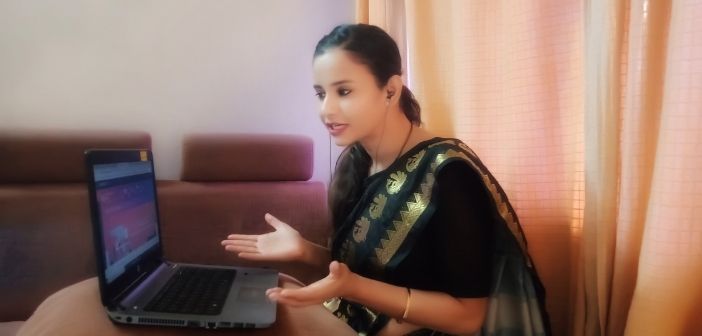
Q: How does Tata STRIVE’s perceive blending different kinds of content to make skill development and training more effective?
A: Many organisations, including Sector Skill Councils, are aggregating content from various sources. Today, developing content is not the first choice as the content that is available in plenty. Every organization must make use of this content.
Organizations must create a learning plan with the right blend. This is critical to adopting blended learning. Many of our blended learning courses are a combination of content available with aggregators and the content that Tata STRIVE has developed.
Q: How can skill Training Partners adopt the blended learning model of Tata STRIVE?
A: Right from the beginning, Tata STRIVE had two-pronged objectives:
- Design and implement solutions
- Share with others (Ecosystem Strengthening)
We are happy to partner with anyone in the ecosystem to share the assets and help them improve quality. As the pandemic is not going away soon, if we show agility, adopt the model, remain relevant, and create a model that can deliver impact remotely, then blended learning is here to stay.
Also read: How to make the transition from training to coaching – Read more: https://nationalskillsnetwork.in/how-to-make-the-transition-from-training-to-coaching/
Below are few changes that blended learning has brought in:
- The blended learning model made us question if a centre, location, or geography could be a constraint
- Blended learning model, on one hand, increases inclusiveness among students who are doing a part-time job. On the other hand, it decreases inclusiveness for people who do not have access to devices, which further leads to an increase in dropouts.
- Can we reduce the practice time for our technical courses using technology? This is something we must think about and experiment with.
- Can we decouple the need for a practical lab setting within the centre? This is something we need to ponder upon.
